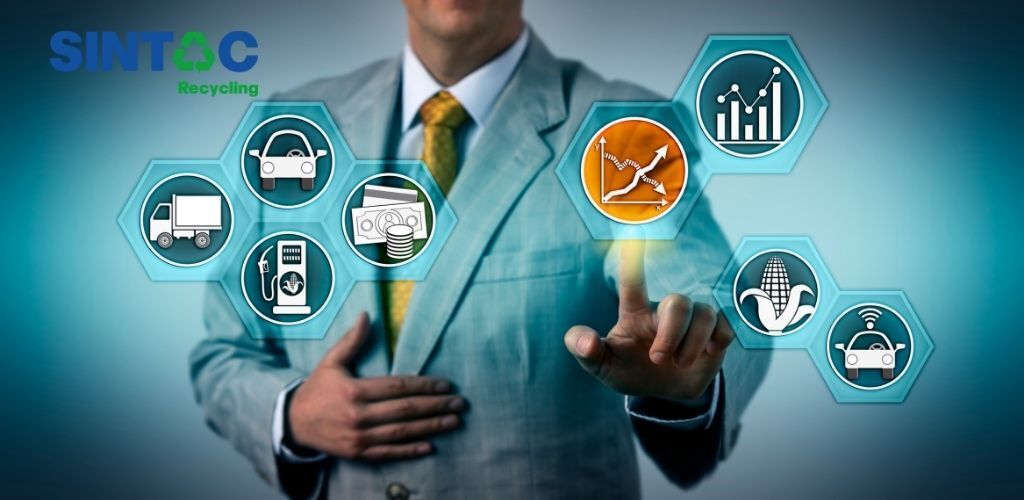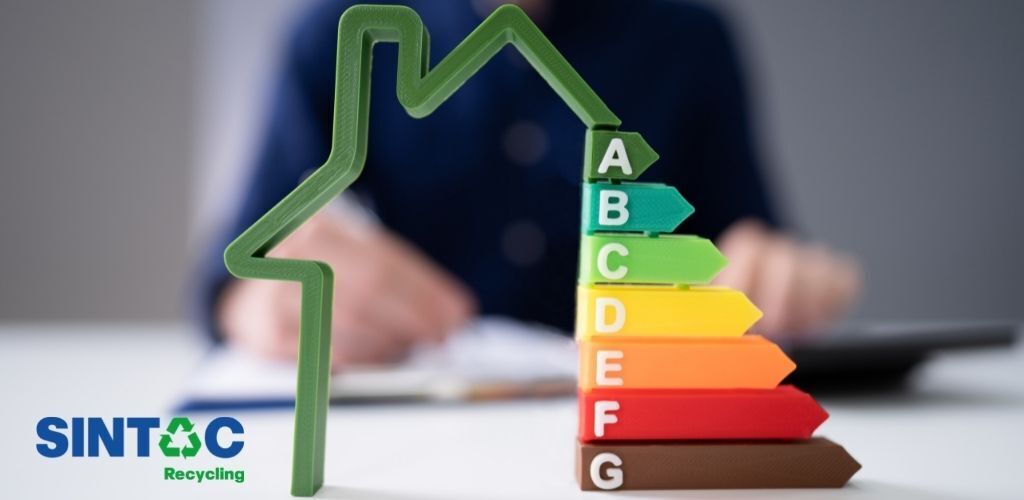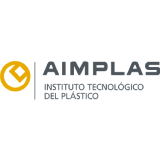What is an integrated management system?
An integrated management system consists of several management systems (e.g. quality, environment, occupational health and safety, information security, energy and asset management) in one comprehensive and harmonised management system. The combined approach provides a valuable overview of important business processes, creates important synergies and pools resources, thereby forming a solid basis for modern companies.
This merger allows a company to streamline its management, saving time and increasing efficiency by addressing all elements of the management systems as a whole.
A successful IMS reduces the hassle and unnecessary work of multiple management systems. For example, instead of performing audits for each standard, you only need to perform one. An IMS allows you to combine these processes so that they simultaneously cover all the specific requirements of the Standard.
Integration is now seamless thanks to the high-level structure of Annex SL. Standards based on Annex SL share a similar 10-clause structure, which makes it much easier to see the similarities and shared processes of each Standard.

Objectives
An integrated management system brings together the relevant objectives by controlling the associated processes. An IMS also ensures that your company will continuously improve and develop its performance in the spirit of sustainable environmental protection, for the satisfaction of your customers and the well-being of your employees.
Integrated system
An IMS covers all requirements and processes in the areas that really count for your company: from quality and environmental protection to occupational health and safety, information security, energy and asset management.
Centralised overview
An IMS provides comprehensive transparency and clear control of all processes and procedures.
Motivated employees
Transparent and documented processes enjoy a high level of acceptance among employees and support daily work.
Competitive advantage
An IMS ensures that you achieve your objectives and that your company develops and improves continuously.
Efficient use of resources
Your organisation benefits from the integration of the environmental management system by saving human resources, time and costs:
Reduced documentation
Less paperwork means a clearer view of processes
Human resources
Only one or a few individuals are needed to be responsible for the relevant tasks.
Cost savings
Reducción de los costes gracias a la integración de los procesos y a los efectos sinérgicos.

Management integration and certification
Most companies are well aware of the value of certification to ISO 9001, ISO 14001, ISO 45001 and other management system standards. It is important to remember that the purpose of ISO and other standards is to help you run a better organisation. If your management systems are causing your staff to duplicate work unnecessarily, they are not delivering the value they should.
The common structure has been introduced in the new standards ISO 9001, ISO 14001 and ISO 45001 (the replacement of OHSAS 18001). This will make the standards more compatible and enable more effective integration of management systems in three key areas: quality, environmental management and occupational health and safety. Below is a brief summary of each of these universally adopted and applied integrated management system standards:
ISO 9001. Certification to the ISO 9001 integrated quality management system standard demonstrates that your organisation meets the stringent requirements of quality management systems in the following areas: facilities, personnel, training, services and equipment. Obtaining this certification is considered the first step in implementing a process of continuous improvement throughout your organisation.
ISO 14001. This certification is essential for any organisation seeking to establish, implement, maintain and improve an effective environmental management system. The extent to which ISO 14001 standards are applicable is based on factors such as the organisation’s specific environmental policies, the types of products and services it provides, and its location and operating conditions..
ISO 45001. The new health and safety standard ISO 45001 covers the all-important area of occupational health and safety. This standard will provide a framework for reducing risks in the workplace, improving employee safety and generally creating better working conditions for employees around the world.
How to combine integrated systems
Organisations may have very different objectives and requirements, but it is typical for companies to start with their existing quality management system according to ISO 9001 and gradually integrate other management systems. These may include environmental and energy management according to ISO 14001 and ISO 50001, asset management according to ISO 55001 and/or a health and safety management system according to ISO 45001. An information security management system (ISMS) according to ISO/IEC 27001 can be integrated into an ISMS and thus avoid overlaps and duplication of work. In any case, organisations that prepare their existing management system for integrated certification at an early stage benefit from optimised processes.

Extended Producer Responsibility (EPR)
Extended Producer Responsibility (EPR) shifts the cost of managing the waste generated by the products they put on the market onto the manufacturers.
It is a concept coined within the European Union’s policy which is summarised by the “polluter pays” principle. The aim is to ensure that no damage is caused to the environment through proper waste management, but without the cost being passed on to the administration and to citizens who do not consume the product.
Until now, in Spain it was only compulsory for electronic and electronic equipment, batteries and accumulators, vehicles, packaging, tyres and mineral oils.
The Law on Waste and Contaminated Soil delimits the scope of this responsibility, establishing the obligations to which producers may be subject, both in the design and production phase and during waste management, either individually (through deposit, return and refund systems) or through collective systems (SCRAP).
Obligations of producers
The standard, which aims to promote prevention and to improve the reuse, recycling and recovery of waste, obliges producers whose products become waste after use to the following:
- Design products in such a way that throughout their life cycle their environmental impact and the generation of waste is reduced, both in their manufacture and in their subsequent use, and in such a way as to ensure that the recovery and disposal of products that have become waste.
- Develop, produce, label and market products that are suitable for multiple uses, that are technically durable and that, after having become waste, are easy and clear to separate and can be prepared for reuse or recycling in an appropriate manner..
- To accept the return of reusable products, the handing over of waste generated after use of the product; to take on the subsequent waste management and financial responsibility for these activities.
- To take full or partial responsibility for the organisation of waste management, with the possibility for distributors of the product to share this responsibility..
- Use materials from waste in the manufacture of products.
- Provide information on the placing on the market of products that become waste through use and on the management of waste, as well as carry out economic analyses or audits.
- Report on the economic impact on the product of compliance with extended responsibility obligations.













